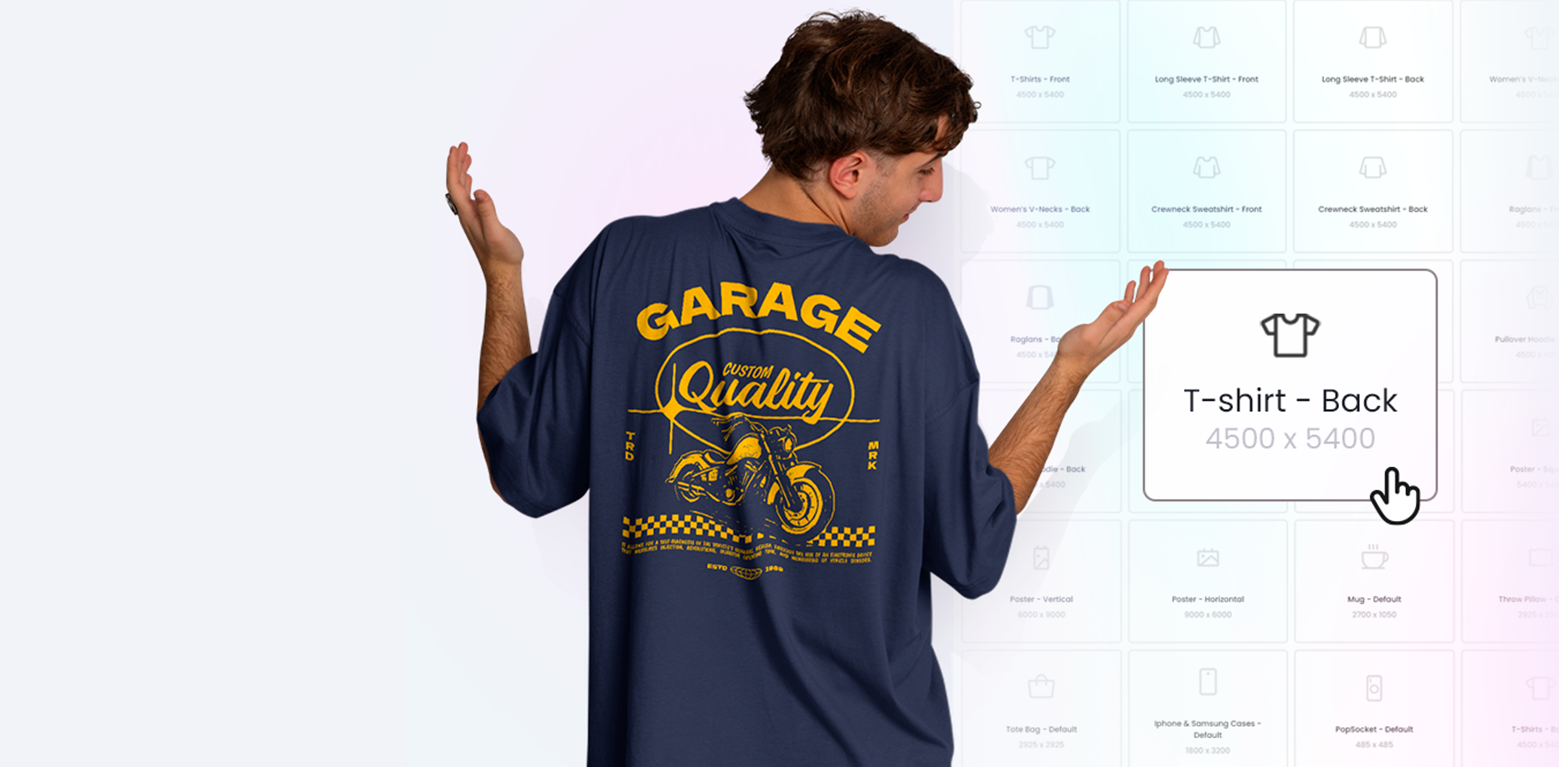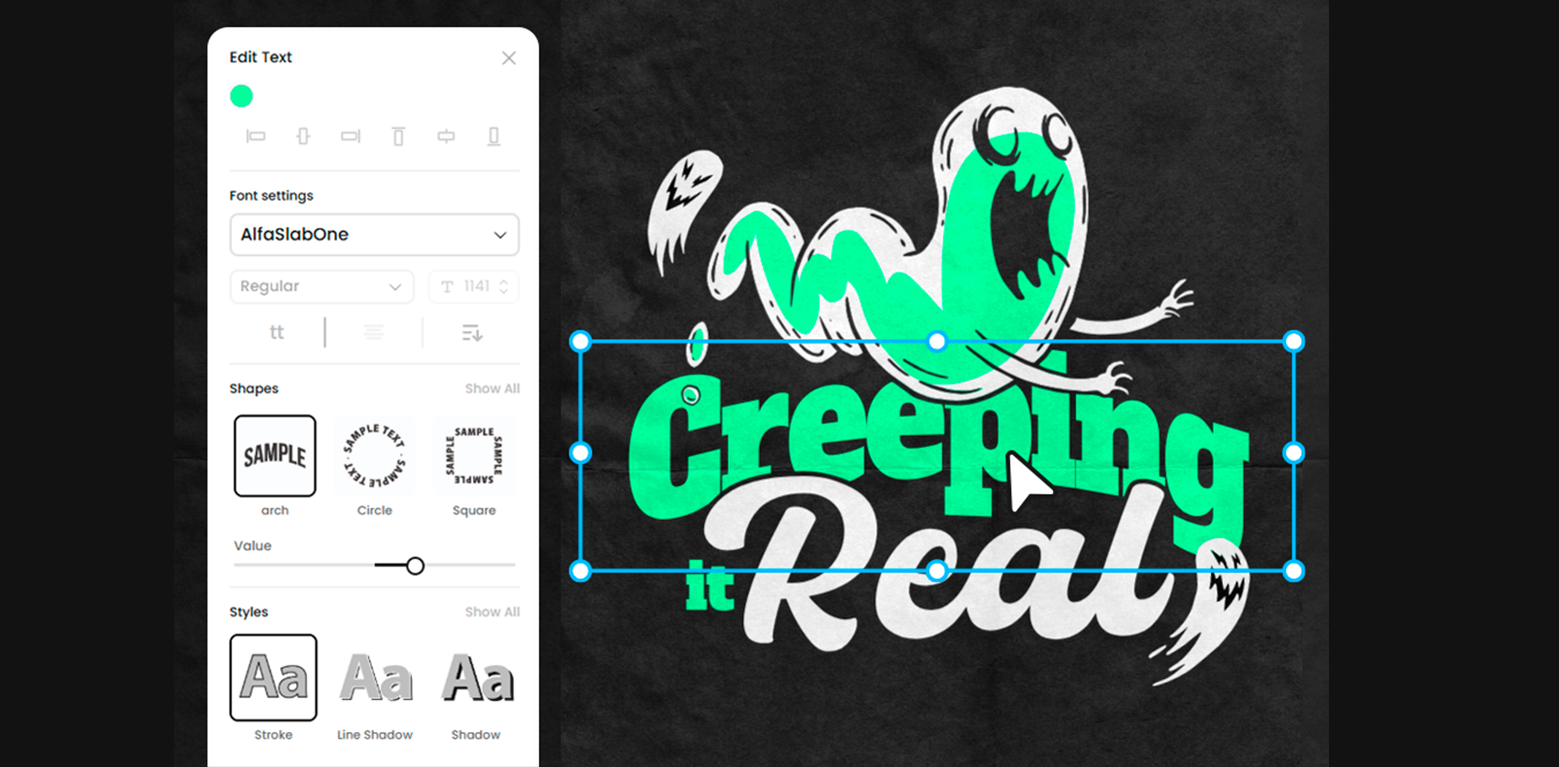Have you ever wondered how to dominate the sale process? We know that starting an online store can be overwhelming, so we wanted to teach you how to make a sale step by step to guide you through the stages of the sale cycle. The seven-step sales process is a framework widely used by sales reps to make sales efficiently. Today, we’ll show you how to adapt it to selling merch on an online store and get the most out of it!
1. Prospecting
The prospecting stage is about finding potential customers for your product and researching them. Regarding selling merch online, there are some actions you can follow to identify your ideal customer:
- Find a niche. You can find a viable and profitable niche through keywords related to the ideas you already have in mind.
- Ask yourself questions. Reflect on your interests and try to identify problems your ideal audience may have. Could some of the products you are interested in be the solution your audience needs?
- Research the competition. Pay attention to the products your competitors offer, the quality and their prices, and who they are aimed at.
2. Preparation
Before making any type of contact with your potential clients, take a moment to prepare. Do in-depth research on your audience’s interests, their favorite products, and the reviews they usually leave about them. Pay special attention to what they don’t like and why they are dissatisfied with their purchases.
Keep all this in mind when you write the names and descriptions of your products to highlight the aspects that most attract the attention of your audience, as well as when creating mockups.
3. Approach
In the seven-step sales process, this is the moment in which contact is made with the customer. In our case, this is when we’ll use the channels that we have at our disposal so that our potential customers discover our merch.
You can rely on email marketing, Google Ads, Facebook Ads, or social media. Use SEO to position yourself better in search engines. Investigate which channels may work best with your audience to optimize communication. 
4. Presentation
This is your chance to introduce your merch to the world. How do you want to talk about your products? How are you going to highlight their qualities and what makes them different from the competition? Thanks to the previous research you did, you know what your audience is looking for and what tone to use so that your message reaches them efficiently.
5. Handling Objections
Since you researched the comments and reviews your audience left your competitors, you know what kind of objections they may have to your products. Therefore, you can go ahead and assure them that what they are going to find in your store does not have any of these problems, something that will also make the difference when choosing between your products and those offered by others.
Another way to get ahead is to create a FAQ page with possible questions and problems that may arise. This way, your site users will be able to inform themselves before making the purchase.
6. Closing
At this step, your customer is about to make the purchase. Nothing must prevent it from being carried out, therefore, you should avoid as much friction as possible in the payment process. Here are some actions you can take to ensure you don’t end up with an abandoned cart:
- Alternative Payment Options. Include the majority, or at least the most important payment methods at a national or international level.
- Easy Checkout Process. If a checkout process takes too long, asks for too much information, or you need to create an account, it can end in an abandoned cart. Make sure the process is clear, easy, and quick.
- Easy Returns. An easy-to-understand return policy, free shipping, and handling the process quickly and efficiently, will foster a positive opinion of your store and your customers are more likely to return.
7. Follow-Up
Sending follow-up emails with instructions, tips, guides, promotions, personalized recommendations, or any relevant information is a good way to keep in touch with your audience after making the purchase.
Of course, be careful that this approach does not become spam and ends up driving away your potential customers from your store. The idea is to make your audience feel satisfied, not annoyed.
And that’s it: this is how you can apply the reliable seven-step sales process to selling merch online. This way, you’ll be able to master the stages of the sale cycle to increase sales in your online store.
We wish you the best of success!







